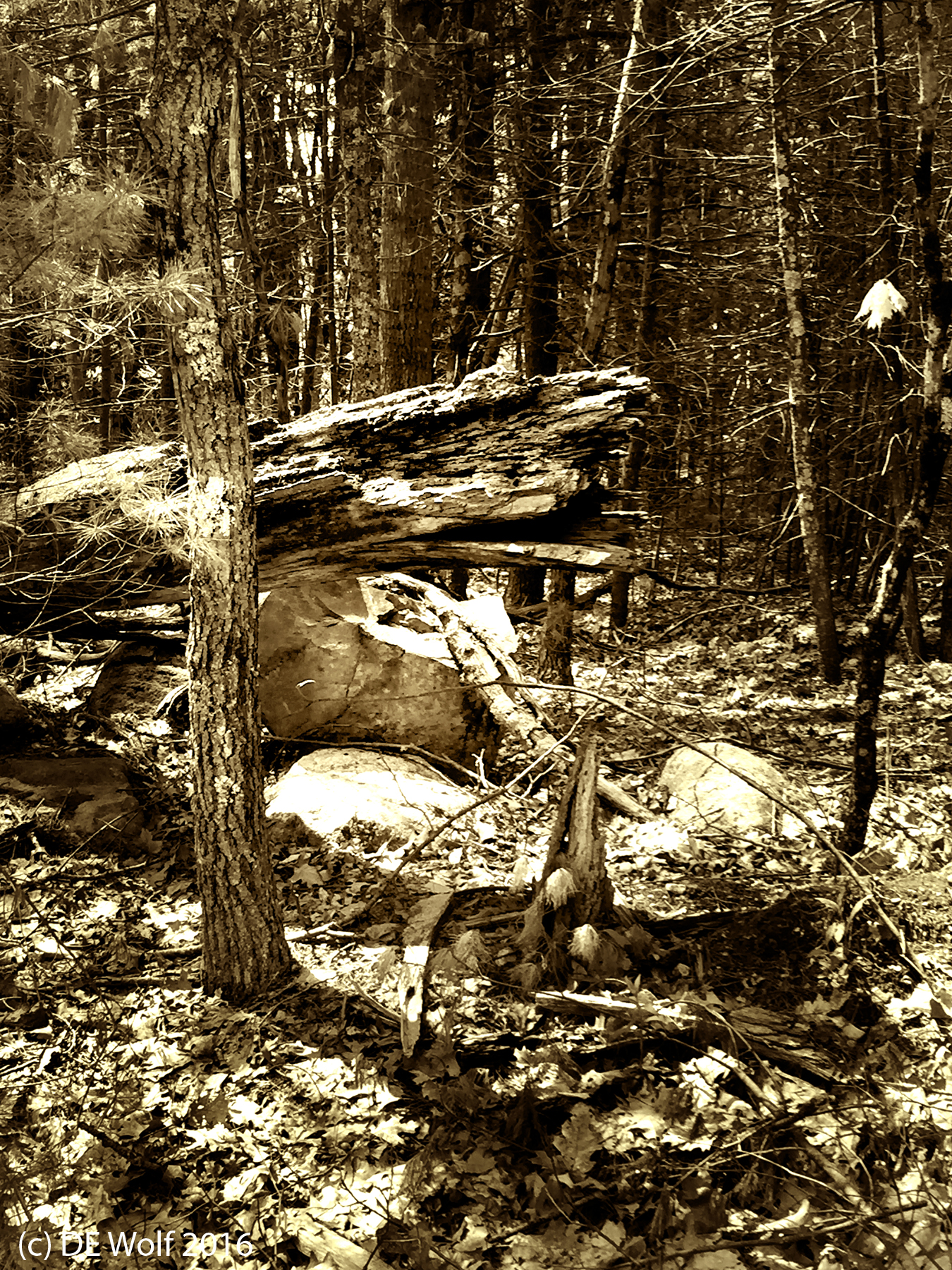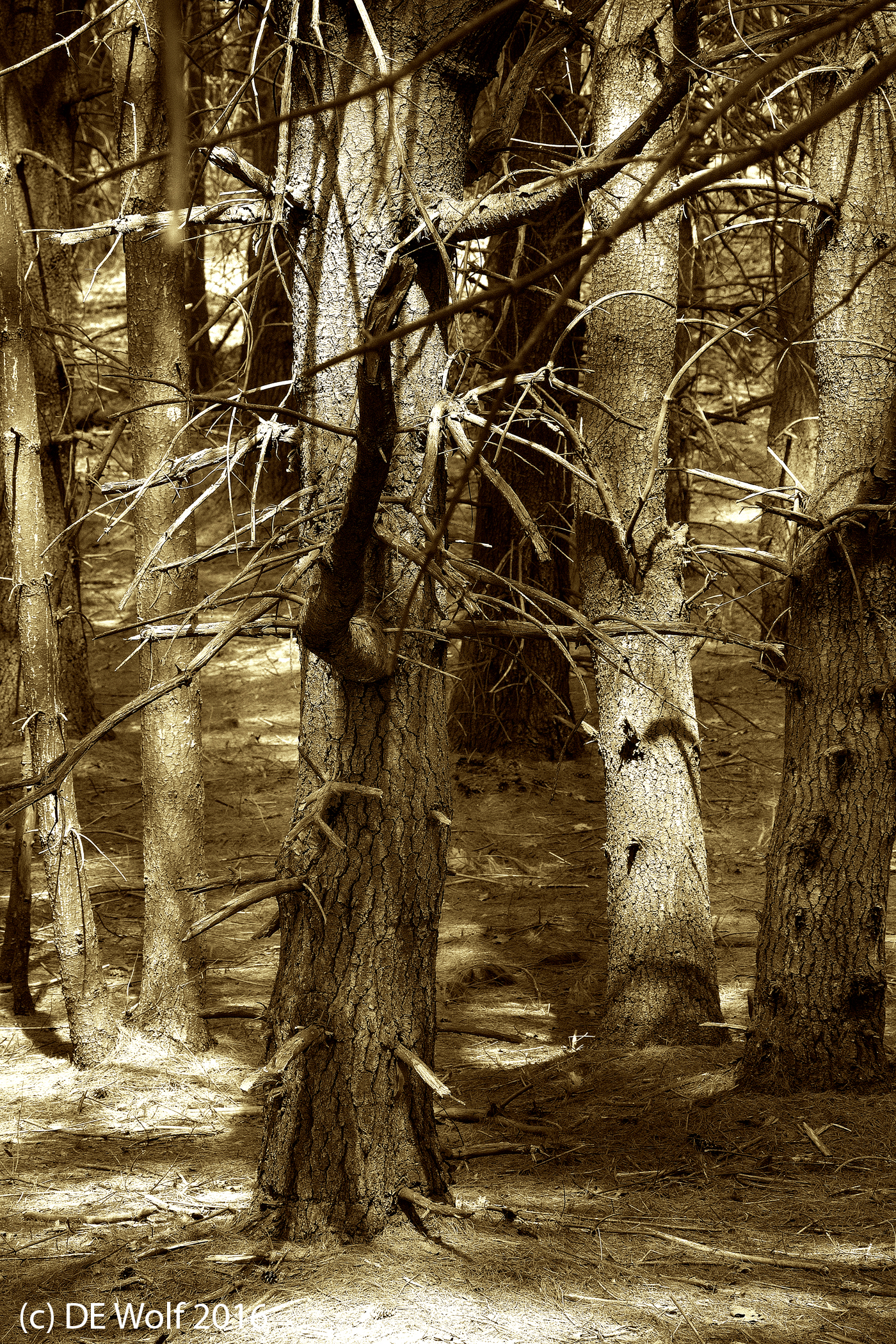My wife and I used to, and I suppose still do, rejoice in the view of a pine barren. Pine barrens occur throughout the northeastern United States. They are plant communities that evolve on dry, acidic, infertile soils dominated by grasses, forbs, low shrubs, and small to medium-sized pines. The Assabet River National Wildlife Refuge is a pine barren, and an obvious feature, as you explore the landscape, is its glacial origins in the last ice age. Indeed, the watershed of the Concord and Assabet Rivers have developed from two huge glacial lakes which flooded the land 18,000 years ago: glacial Lake Sudbury (which encompasses what is now the Wildlife Refuge) and glacial Lake Concord.
With the coming of the warm weather there is a definite sense of summer in the air. For the first time this season, I put on bug spray – which seemed to attract the bugs to me. Bugs, bugs, bugs! As you walk along the paths now the song of the insects cries out louder than that of the birds – and more amusing is the bizarre bass croaks of the frogs, which you mistake at first as stomach gurglings.
Nature seems ever timeless. The cycles are there but the key is their immutability. But the longer cycles are there as well – the glaciations and the transitions of the climax forests. The woods are not as they always have been nor as they ever will be. The Earth changes – now hastened by man-induced climate change – an biological evolution marches forward – with direction only defined after it has occurred.
I thought today that I would share some photographs of the pine barren. Figure 1 was taken with my big lens. This was not only overkill but also a sacrifice of sharpness. Figure 2, on the other-hand, was taken with my ever ready and trusty IPhone 6. For fun I include the camera settings for the IPhone as well, and I leave it to the reader to decide which is better and which is sharper.

Figure 2 – The pine barren #2, Iphone photograph, Assabet River National Wildlife Refuge, (c) DE Wolf 2016.
Figure 1 Canon T2i with EF100-400mm f/4.5-5.6L IS USM lens at 100 mm, ISO 1600, Aperture Priority AE Mode, 1/320th sec at f/7.1 with -1 exposure compensation.
Figure 2 IPhone 6 4.2 mm Lens, ISO 32, 1/186 sec at f/2.2 with no exposure compensation.

